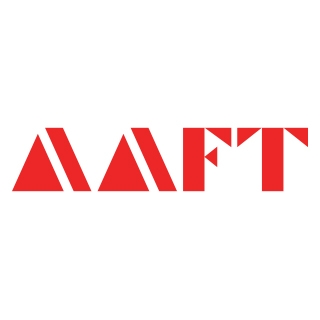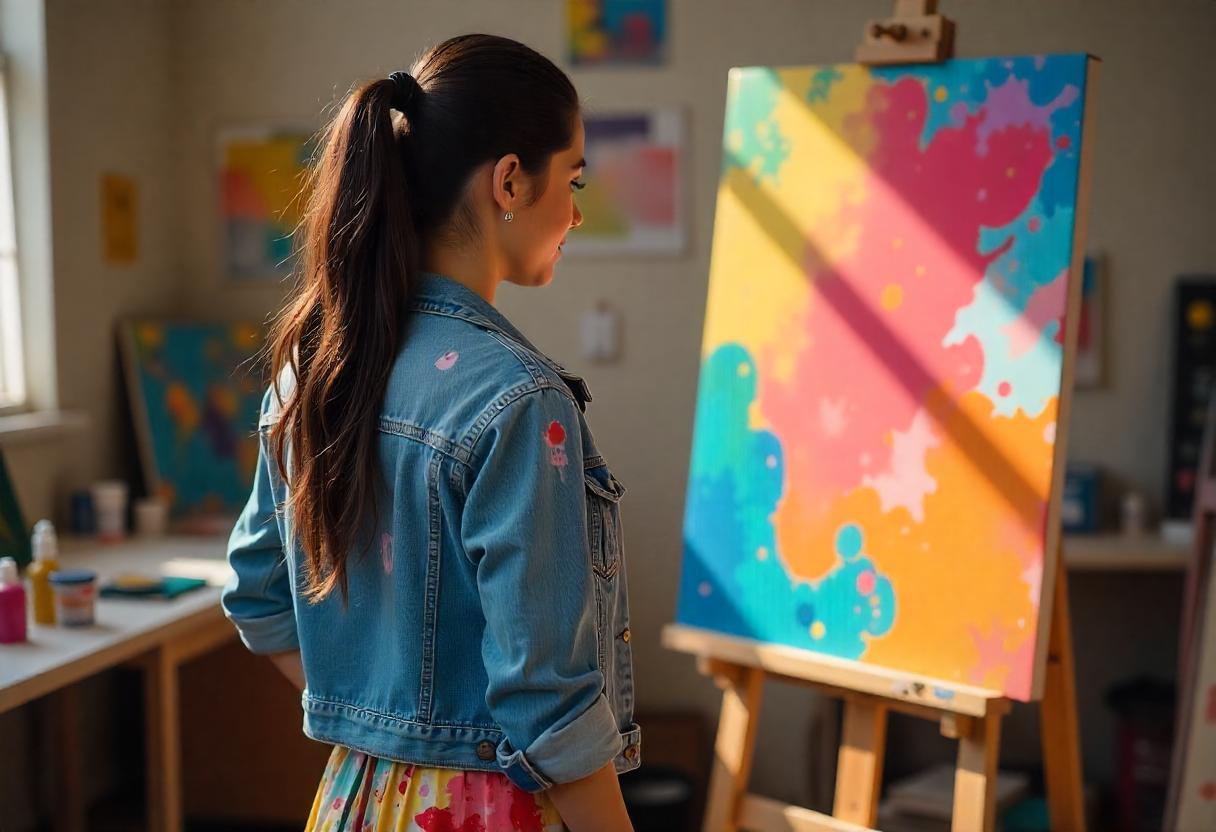From BFA to Entrepreneurship: Starting Your Own Art Business
Entrepreneurship serves as the symbol of self-reliance. It offers you the freedom to set your own work policies and have control over the business profit.
If you are someone who wants to step out of those 9 to 5 work schedules, entrepreneurship is for you! Moreover, if that’s entrepreneurship in the field of Fine Arts, it’s the icing on the cake.
Wondering how?
Well, we are here to raise curtains from this doubt and help you understand why you should choose entrepreneurship over traditional art careers, how to find your art niches, begin your business, and more. Ready to elevate your Fine Arts career through BFA Fine Arts Courses?
Why BFA Graduates Choose Startups Over Studios
Do you want free career counseling?
Ignite Your Ambitions- Seize the Opportunity for a Free Career Counseling Session.
- 30+ Years in Education
- 250+ Faculties
- 30K+ Alumni Network
- 10th in World Ranking
- 1000+ Celebrity
- 120+ Countries Students Enrolled
There are an abundance of reasons why BFA Fine Art Course graduates prefer entrepreneurship over traditional arts. Although traditional arts have their own sets of benefits. Here are the key reasons listed:
1. Unpredictable Traditional Art Jobs Nature
Traditional jobs are subjected to employment risks. Remember, while you are applying for a specific role, you are not alone. There are hundreds or even thousands of candidates applying for the same role (with few exceptions). This competitiveness to get those candidates can be tedious and time-consuming. At the same time, entrepreneurship allows you to open your business anytime and gradually set yourself on a stage with the right business strategies.
2. Potential for Higher Income
Let’s be real: traditional art jobs often come with fixed salaries, and most of the time, they don’t truly reflect the value or effort an artist puts into their work. Whether you are working with a gallery, as an in-house designer, or even freelancing under someone else’s terms, the earning potential is usually capped. On the other hand, entrepreneurship opens the door to unlimited income potential. You are not trading time for money anymore; you are building something scalable.
Book Now →
3. Opportunity to Leverage Their Artistic Skills
Entrepreneurship gives BFA grads the platform to fully use and experiment with their creative strengths. Instead of being bound by a client’s or employer’s brief, they get to lead the creative direction, whether it’s through a personal brand, a creative studio, a fashion label, or even digital assets like NFTs and design templates. It becomes more than just art; it becomes a lifestyle, a brand, and a movement. Their skills are not just seen; they are celebrated.
4. Flexibility and Freedom
Ask any creative person, and they will tell you that freedom actually matters. Traditional 9-to-5 structures may not work for everyone, especially artists who have worked in less structured environments like their homes. Entrepreneurship provides that flexibility leading to sparking your inspiration, helps you to take creative breaks when needed, and builds a rhythm that aligns with your energy.
5. Leveraging Skills Beyond the Canvas
Today’s art world isn’t limited to paintbrushes and sketchbooks. BFA graduates often have a wide range of skills, from storytelling and branding to digital tools and marketing. Entrepreneurship gives them the space to use all of these. Think social media marketing, content creation, web design, product packaging, etc . The reason for pursuing BFA becomes so important through knowing Bachelor of Fine Arts Course Details and pursuing it successfully.
Do you want free career counseling?
Ignite Your Ambitions- Seize the Opportunity for a Free Career Counseling Session.Find Your Art Niche, Launch Your Creative Business
Before understanding the core topic, you need to be familiar with how to find your art niche. This lays a platform to set yourself up in this demanding Fine Arts field. Here are the key steps explained:
1. Recognize your skills and passions
Identify your areas of interest and expertise, what drove you to this field, your passion, and the skills you possess. By analyzing these key facets, you get an overall picture of which art niche you can easily progress forward and make your mark in this creative industry.
2. Analyze the Market For Your Niche
Once you have a rough idea of your strengths and creative inclinations, the next step is to thoroughly perform the market study. Observe the most demanding art forms, what clients or audiences are looking for, and the saturated or unexplored areas. This doesn’t mean you compromise your passion but rather align it with viable opportunities. Understanding market trends will help you position your niche wisely and make your art not just expressive but also sustainable.
3. Define your message
Define what your art stands for. Is it rooted in cultural identity? Is it aimed at social change or abstract expression? Your message becomes your unique voice in the crowd, helping you have a connection with like-minded audiences and build a loyal following. Be clear about your representable art form; this clarity will become your foundation as a creative entrepreneur.
4. Analyze your competition
In today’s connected world, there’s no niche without competition. Instead of being intimidated by it, take this as an opportunity to learn. Study artists working in a similar niche, what are they doing right? How are they presenting themselves? What makes their work appealing?
5. Reanalyze your niche
The art world is dynamic, and so should be your mindset. As you grow in your journey, revisit your chosen niche periodically. Are you still passionate about it? Has the market shifted? Are there emerging trends that resonate with your evolving artistic voice? Reanalyzing your niche helps you stay relevant and ensures the continuity of your art to reflect both your growth and your audience’s interest. Flexibility and adaptability are key to sustaining a long-run creative business.
How to Start an Art Business After Your BFA
Starting your own art business after your BFA is not rocket science! It demands an awareness of the common steps we implement in any other field. Here are the key steps explained:
1. Decide What Kind of Art You Want to Sell
You need to figure out what kind of art you want to sell. Suppose it’s the digital design, prints, commissioned pieces, or the original pieces. Try to visualize what kind of art suits you best. Each of these has its own benefits and limitations. Original artworks can attract more money but have limited availability, while digital designs have more availability but have limited money compared to all other kinds. Narrow down these offerings and decide accordingly.
2. Identify Your Target Audience
After finalizing your art type, the next move is to understand who will actually buy it. Think about the people who are naturally drawn to your style, their age group, lifestyle, interests, and budget. This helps you tailor your art, pricing, and marketing strategy. Whether it’s collectors, home décor lovers, or digital design clients, identifying the right audience is key to setting the right tone for your business.
3. Set Up Your Brand Identity
Your art reflects your personality, and your brand should too. Start with choosing a brand name, creating a simple logo, and maintaining a consistent cross-platform visual style. Whether it’s minimalist, boho, surreal, or pop, your branding should be the reflection of your creative voice.
4. Build an Online Presence
In this digital world, it’s a non-negotiable to become online. Create a portfolio website or set up an online store through Etsy, Shopify, or other platforms Make sure your pages are visually appealing and easy to navigate. Remember, your online presence is your digital storefront, make it worthy.
5. Choose How You Will Handle Production and Shipping
Now comes the practical side. Decide how your art will be produced and delivered to customers. Will you print and package everything yourself or partner with a print-on-demand service? Think about your time and resources and how much control you want over quality and fulfilment through the Fine Art Course. Whichever method you choose, ensure timely and secure delivery to build a good reputation.
6. Promote Your Art Business Strategically
Creating great art is only half the job, promoting it smartly completes the picture. Use a mix of marketing techniques like social media, email newsletters, art fairs, or collaborations. Be active in art communities, engage with your audience, and keep showcasing your journey. Consistency and authenticity help build trust, visibility, and, eventually, sales.
Must-Have Business Skills for Aspiring Artist Entrepreneurs
Modern-day competition is tremendous. Every other candidate is competing for a single position. To emerge from the competition, key business skills come in handy. These business skills help you stand out not just in competition but for self-satisfaction and inner peace. Here are those key business skills listed:
1. Time Management
Time management is the number one skill for any aspiring artist entrepreneur. As a professional, you will juggle between multiple projects and deadlines. With time management skills, you can easily find ways to perform the entire process of planning and the tasks precisely and accurately.
2. Adaptability
In the ever-evolving world of art and business, adaptability is a must. You may face changing client demands, shifting industry trends, or unexpected creative blocks. Being adaptable allows you to keep growing without losing momentum. This can be achieved through a BFA course by knowing the Bachelor of Fine Arts Course Details. It helps you stay relevant and find new ways to express your creativity while meeting professional expectations.
3. Emotional Intelligence and Resilience
Being emotionally intelligent helps you build strong relationships, communicate effectively, and understand your own triggers and limits. Resilience, on the other hand, keeps you going during tough times. As an artist entrepreneur, rejections and failures are inevitable. But emotional intelligence paired with resilience empowers you to bounce back stronger and make informed, thoughtful decisions.
4. Financial Literacy
Understanding your finances is just as important as creating great work. Financial literacy helps you track income, manage expenses, and set aside funds for future projects. It teaches you to price your work correctly, avoid debt traps, and ensure your creative journey is also a sustainable one. Artists who know their numbers make better business decisions.
5. Delegation
As your work grows, you will soon realize that you can’t do everything alone. Delegation is the skill that allows you to focus on your strengths while trusting others to handle supporting tasks. Whether it’s hiring a manager, an assistant, or collaborating with other creatives, knowing when and how to delegate is crucial for growth and long-term success.
Conclusion
Becoming an artist entrepreneur after a BFA is no longer a far-fetched dream, it’s a real, thriving career path. With the right mindset, clarity in your niche, and a strong foundation in essential business skills, you can carve your own space in the creative world.
Fuel up your passion with AAFT’s Fine Art Courses. With expert training and ample practical exposure, we would help you turn your Fine Arts fascinations into unforgettable success stories!
Stay curious, stay digital! Let AAFT be the guiding light to your prosperous career journey!

AAFT has been providing the world with limitless creativity and expression since 1993! Through a dynamic and industry-driven curriculum, AAFT provides engaging and captivating articles to persuasive blogs and empowers its readers to explore diverse avenues of creative media education-related content.






